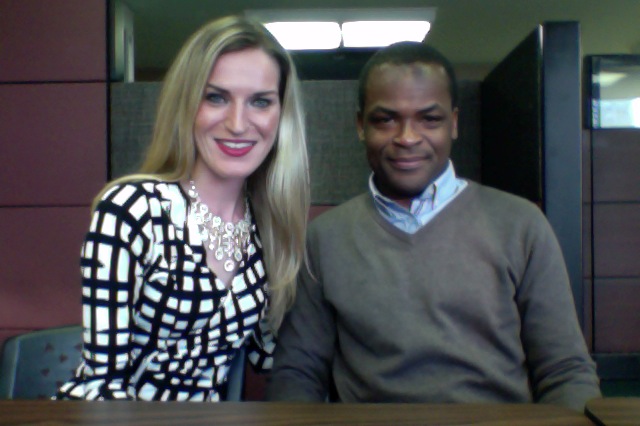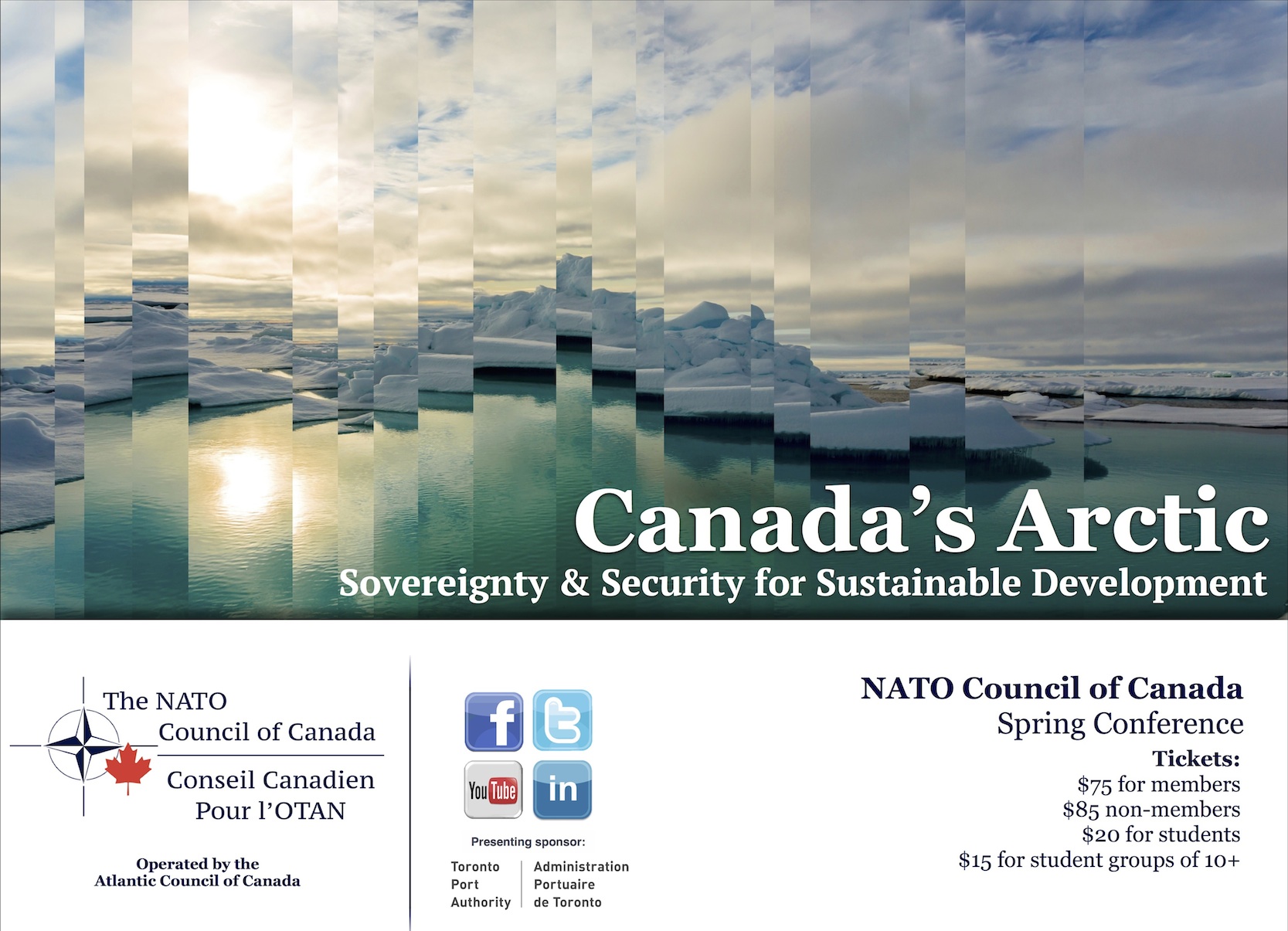
For the link to Part 1, click here.
The Not-So Toxic Relief
In late September, 2008, the United States government passed the Emergency Stabilization Act, establishing the US Troubled Asset Relief Program (TARP). This legislation enabled the U.S Treasury—the federal department in charge of managing government finances, enforcing tax legislation, and issuing currency—to purchase toxic assets.
Toxic? Sounds dangerous, right? Kind of; these are assets with highly reduced values and minimal markets for re-sale, much like the MBS and Credit-Default Swaps we discussed in Part 1. The treasury bought thousands of them, hoping their removal would help stimulate many financial institutions’ economic activity.
While the treasury did purchase many toxic assets, it did not put any conditionality on the financial institutions selling them or receiving other TARP-associated benefits, which allowed institutions to hold on to TARP money instead of spending it and increasing economic activity. Economist Joseph Stiglitz, in his 2011 testimony to the American Senate, described this as one of the reasons why TARP hasn’t spurred a strong economic recovery.
Bailouts, and other Stimuli
When the county’s major banks took a turn for the worse, American legislators stepped in by bailing out – and seizing control of – some of the biggest national financial institutions. For example, the American government bought American International Group (AIG), a multi-national insurance company facing financial turmoil for its credit default swaps. The government lent $85 billion to this company, receiving a 79.9 per cent equity stake in it.
The US government also lent significant amounts to the financial agencies Fannie Mae and Freddie Mac, taking control of both organizations, replacing senior executives, and announcing that, if necessary, the government would contribute another $100 billion in cash to keep the organizations running.
Not only did the US government bail out banks, in 2009 the federal government passed the American Recovery and Reinvestment Act (ARRA). This legislation facilitated injection of public money into the economy in the form of tax cuts and infrastructure spending, which included government investment in education, defense, and healthcare. This legislation was based on Keynesian principles: increasing government spending to offset diminished private-sector spending.
White House reports claim that the ARRA created—or at least saved—over three million jobs between 2009 and 2012. The ARRA stimulus package, however, has faced criticism for not sufficiently replacing economic activity. Economist Paul Krugman has argued the ARRA covers less than a third of the spending gap between pre- and post-2008 levels.
An Interesting Rate
The Federal Reserve Bank (The Fed), America’s Central Bank, which is in charge of monetary policy while providing loans and serving as a safe place for government money, set record low targets for the federal funds rate, which private banks use as a target for their interest rate. Yet, the Fed’s 2008 rate reductions provided minimal relief to the global economy.
Many developing countries have been skeptical about, and have delayed, making interest rates as low as America’s. These countries, knowing they had debts denominated in US dollars, were reluctant to slash interest rates. Any inflation (depreciation of a domestic currency’s value in comparison to those of other countries, in this case, the US dollar) caused by increased economic activity would increase the real, inflation adjusted value of these debts.
While fear of inflation has prevented emerging economies from slashing interest rates, lack of it has prevented US interest rates cuts from being wholly effective. Since American inflation has been significantly below pre-2008 levels, the real, inflation adjusted interest rate hasn’t changed drastically, detracting from the Fed’s ability to alter domestic lending behaviour.
Where to go from here
Well, there you have it. Our hitchhikers have guided you through three key responses to the 2008 recession: TARP, ARRA, and monetary policy. To further understand these responses (and their effects) check out publications like The Economist and Planet Money, as being informed about these issues will help you understand your region’s, and your own, economic future.




